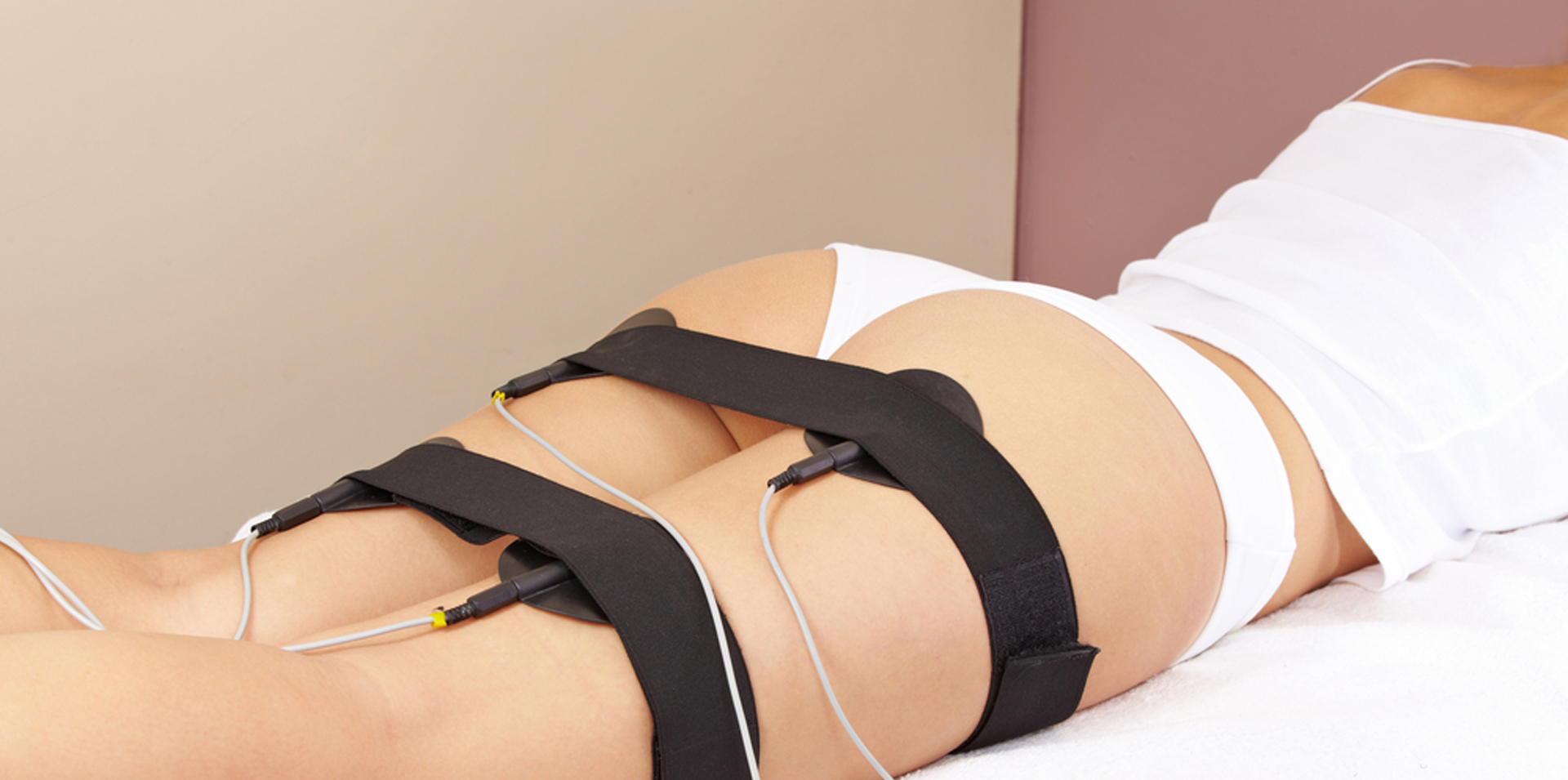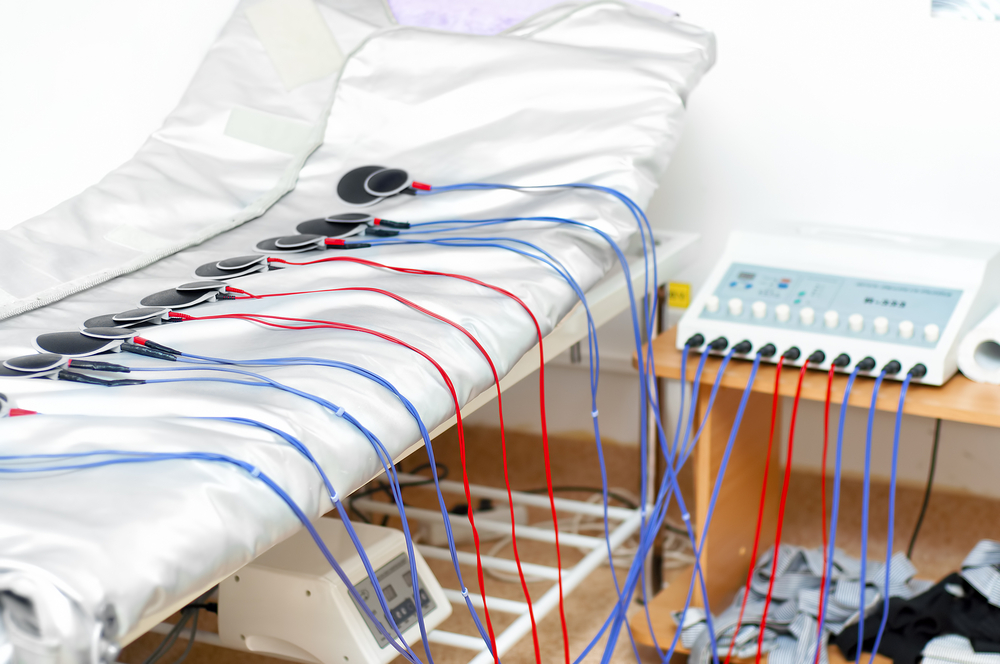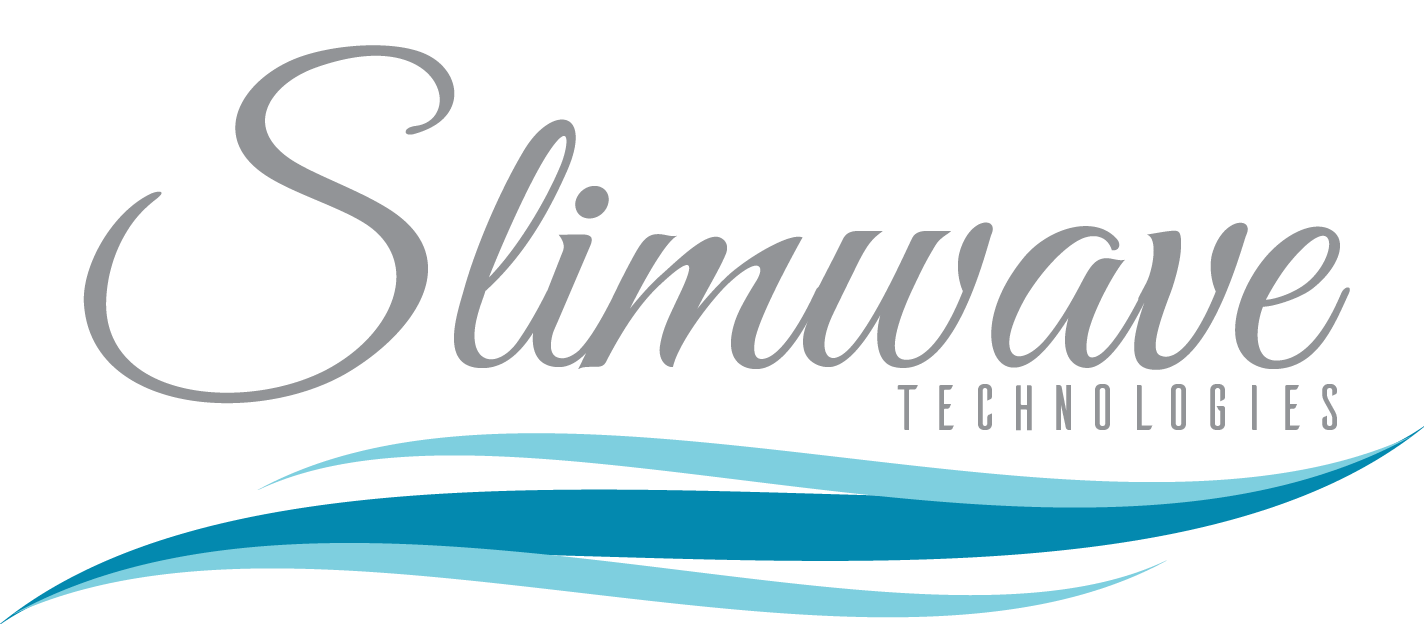Rehabilitation
Rehabilitation
Electronic muscle stimulation is an excellent training companion for bodybuilders and elite athletes alike. There are four main uses for EMS in sport training. First, for the enhancement of maximum strength; second, as a means of injury recovery; third, as a muscle rehabilitation tool; and fourth, as a motor learning and muscle recruitment tool.
An EMS stimulus fires all the motor neurons in the treated area simultaneously, creating an uncoordinated contraction, which is primarily isometric in nature. Voluntary muscular contractions, on the other hand, roll through the muscle in a wave to generate a coordinated, directed force. The muscle tension produced in a maximal EMS contraction can be up to 30% higher than a maximal voluntary contraction.
Injury Recovery with EMS
Low-intensity exercise has a positive effect not only on muscle recovery from high intensity work but on the high intensity work itself. While high intensity exercise is anti- circulatory as it pumps up the muscles (restricting blood flow), low intensity exercise promotes circulation, which aids in nutrient transfer and hastens msucle recovery.
Exercise of a low enough intensity will not lead to detrimental fiber type changes. In fact, the enhanced capillary density it creates, leads to precisely the opposite effect! The enhanced capillary density raises the temperature around the motor neurons, lowering electrical resistance, allowing more fiber to take on the characteristics of fast-twitch fiber in response to high intensity work.


EMS for Muscle Rehabilitation
EMS can play a role in the muscle rehabilitation of a variety of injuries. It is used extensively in clinics to treat the VMO (vastus medialis oblique) with knee cases. However, its value in the muscle rehabilitation of hamstring injuries is poorly understood and under appreciated. The selection of isokenetic machines over EMS contributes to a lengthening of injury downtime as the fluid resistance on which these machines rely hits the muscle all at once, causing muscle shortening and irritation. Often, effective muscle rehabilitation treatment including EMS can have the athlete back in action within ten days.
Added Benefits of EMS
There are many benefits to this kind of muscle recovery therapy. To start, it can help reduce edema (swelling) and expedite the healing process of injured or damaged tissue. Electric muscle stimulation can also help reduce chronic pain.
Other benefits include:
• May improve joint pain and swelling
• Prevents and reveres muscle atrophy (loss of muscle mass/tissue)
• Enhances muscle rehabilitation
• Increases range of motion for tense muscles or tendons
• Reduces stress and discomfort
• Improves blood flow and circulation

